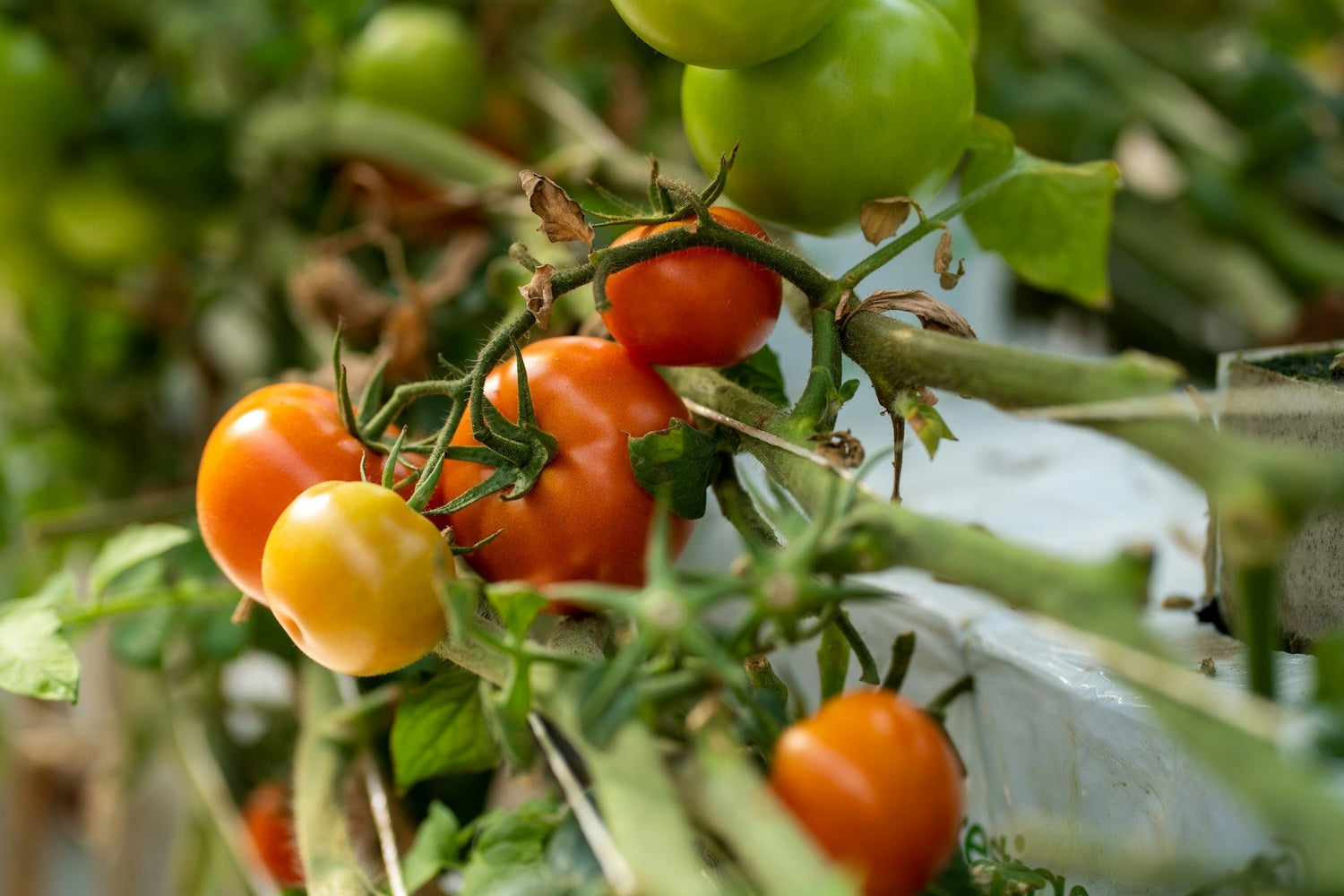✍️ Author Vinutha C N
M.Sc. Horticulture
Soil Doctor
The Hidden Universe Beneath Our Feet: Why Healthy Soil & Soil Health Matter for Agriculture
When we gaze at the night sky, we marvel at stars and galaxies. But beneath our feet exists a universe just as vast and essential — the living soil ecosystem. Every teaspoon of healthy soil holds billions of organisms, silently powering agriculture, feeding communities, and balancing the planet’s climate.
Soil Composition: Minerals, Water, Air & Organic Matter

- 45% Minerals → sand, silt, clay that form structure
- 25% Water → supplies to crops and microbes
- 25% Air → oxygen for roots and soil organisms
- 5% Organic Matter → the “life engine” providing nutrients and energy
When these components stay in balance, soil becomes fertile, resilient, and productive.
What’s Inside Healthy Soil? Microbes, Worms & Nutrients
Healthy soil is a living factory, producing nutrients, storing water, and cycling energy:
- Water Retention Power: Every 1% increase in organic matter stores an additional 25,000 gallons of water per acre, crucial during droughts.
-
Invisible Microbial Army: Just 1 teaspoon of soil can contain:
- 100 million – 1 billion bacteria
- Several yards of fungal filaments
- Thousands of protozoa
- Dozens of nematodes
- Earthworms at Work: An acre of living soil may house 50,000 earthworms, each improving aeration and drainage while recycling 2 tons of organic matter per year.
Why Soil Health is Important for Farmers & Global Food Security
The world’s population is increasing every year. To feed everyone, we need to produce 60% more food — but not at the cost of degrading our soils. Healthy soils are the solution because they:
- Boost Crop Productivity → Higher yields, better quality, and resilient plants.
- Regulate Climate → Store carbon and reduce greenhouse gases.
- Save Water → Act as a sponge, improving water efficiency.
- Control Pests Naturally → Beneficial microbes suppress soil-borne diseases.
- Promote Sustainability → Reduce dependence on chemical fertilizers.
The Farmer’s Perspective on Healthy Soil
For farmers, soil health directly affects income and survival:
- Stronger roots → better nutrient uptake.
- Crops resist drought and stress more effectively.
- Earthworm-rich soil → less ploughing & natural fertility.
- Microbial activity → reduced input costs & long-term productivity.
Across India and the world, farmers using soil regeneration practices — composting, crop rotation, cover cropping, and biofertilizers — are seeing higher yields and healthier soils year after year.
Building Living Soil with Organic Farming Practices
Protecting soil health requires both traditional wisdom and modern science. Some key practices include:
- Using Dr. Soil bio-fertilizers to enrich microbes.
- Practicing crop rotation to break disease cycles.
- Minimizing chemical overuse that harms soil organisms.
- Encouraging earthworm activity through organic matter addition.
- Cover cropping to reduce erosion and improve fertility.
Soil is not just the ground beneath us — it is the root of life itself. A living, healthy soil can feed billions, protect ecosystems, and ensure a sustainable future. If we respect soil, it will continue to nourish humanity for generations.
Healthy soil is our invisible ally — let’s protect and regenerate it.




